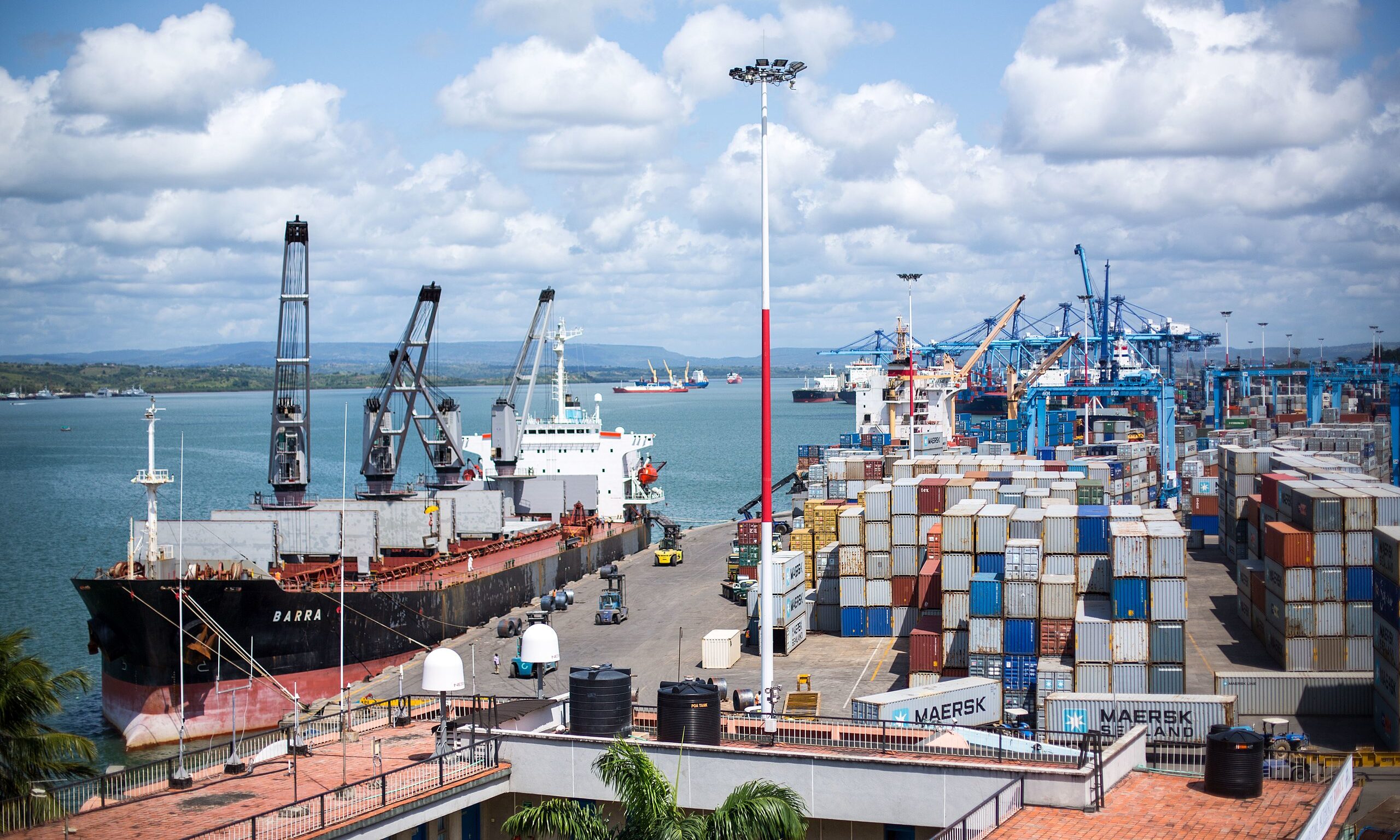
China’s most famous global initiative enters its second decade even as it remains mostly an empty slogan. Having bought into China’s successful mythmaking, the West has unwittingly helped to keep it alive.
Opening the recent Belt and Road Forum in Beijing, Chinese President Xi Jinping claimed that over the past ten years, the Belt and Road Initiative (BRI) has “endeavored to build a global network of connectivity.” If that sounds vague, it is because it is.
The Making of a BRI Myth
Ten years since Xi Jinping announced the initiative in Kazakhstan, the BRI has failed to materialize into anything concrete. It is still an empty slogan, used as a brand for a disparate collection of Chinese ambitions and overseas economic activities. These activities – the roads, the mining operations, the cultural centers – are very real, but there is no organizing principle behind them.
And yet, pundits and policymakers are still taking Xi Jinping at his word that the BRI is a “new platform for international economic cooperation.” Top-level attendance at the Belt and Road Forum was down from previous forums in 2017 and 2019, but 22 heads of state and government still traveled to Beijing to celebrate what is essentially a Chinese global public relations strategy.
You cannot point to the BRI on a map – it does not exist in any cohesive, concrete form. There is no grand, strategic plan underwriting the BRI, nor is there a pipeline of BRI projects, nor even an official definition for what constitutes a BRI project.
In seven years of researching the initiative, including a year of continuous overland travel through BRI countries, I have come across Belt and Road bodybuilding competitions, matchmaking services, and even a tin of powdered camel milk in Kazakhstan that claimed to be part of the initiative.
The most authoritative document that we have to define the original contours of the BRI is a 2015 “Visions and Actions” document, authorized by the Chinese State Council, which outlines five broad “cooperation priorities,” from “facilities connectivity” to “people-to-people bonds.” These priorities encompass every possible field of human endeavor, from sports exchanges, to credit ratings, and cooperation on atomic energy.
Geographically, the BRI is also global in scope. Despite having its origins in the idea of a renewed continental connection between Europe and China, it now encompasses Latin America, the Arctic, and even outer space. According to a list on the BRI’s official website, 152 countries have joined the initiative by signing a non-legally binding document with China.
Astute commentators liken the BRI to a brand, but even this is a generous comparison – a brand is at least protected by copyright and controlled by the company HQ. On several occasions, Beijing has pushed back against rogue actors taking the BRI’s name in vain, but it is a rare occurrence, and we are no closer to an official definition of the initiative.
One Belt, One Road, Many Meanings
All this breadth and ambiguity means that the initiative is essentially a Rorschach test. Most people see hard infrastructure projects financed by Chinese loans – ports, power plants, and railroads – but that is not all the BRI is.
Even within this more limited, infrastructure-focused definition of the BRI, the initiative is taken too literally, overestimating Beijing’s strategic acumen. The well-worn cliché is that Beijing thinks in one hundred year time spans. The reality is that BRI infrastructure projects are a messy, ad-hoc sprawl that reflects a mix of Chinese and local interests.
Very few BRI-branded infrastructure projects are planned in Beijing. Instead, they are usually selected from the wish lists of host countries. Only rarely are these projects part of a larger connective corridor or strategy, and the main priority for the Chinese side is usually just that a Chinese company benefits.
Of course, Chinese companies have been benefiting from infrastructure projects since before the BRI was born. Xi Jinping’s innovation in 2013 was to coin a collective term for Beijing’s global footprint and ambitions, and to then attach that branding to a compelling narrative. After the 2008 financial crash, an ascendant China found the concept of renewal an easy sell.
The BRI repackaged China’s growing global footprint for an international audience. It is a clever marketing strategy to reposition China’s relationship with the world and to portray itself as a provider of what Beijing calls “global public goods.”
Anytime we reference the “Belt and Road Initiative,” we are buying into a Chinese Communist Party slogan. The term is so broad as to be essentially meaningless, and the only thing it carries with it is the sense that China has big plans for the world. If you are in Washington DC, you might understand these plans to be nefarious and if you are somewhere in rural Nigeria, you might interpret them more positively. Either way, you are implying greater coherence than there actually is.
Game of Narratives
Focusing on the initiative and giving it too much credence not only perpetuates Chinese propaganda, it also muddies the water for policymakers. Much of the BRI’s initially positive reception in Europe can be attributed to policymakers simply buying into the hype built by China around the BRI. When Beijing failed to deliver, countries succumbed to “promise fatigue,” and became disillusioned.
Moving forward, it is important that we apply the same level of cynicism towards other initiatives that come out of Beijing. In recent years, Xi Jinping has announced several new concepts: the Global Security Initiative (GSI), the Global Development Initiative (GDI), and the Global Civilization Initiative (GCI). Xi Jinping’s latest initiative, announced at the Belt and Road Forum, is the Global Artificial Intelligence Governance Initiative.
Like the BRI, these initiatives can be flexibly applied and are effectively empty. Moreover, they are also more about branding and narrative, than concrete strategy. The GSI is anti-NATO, and aimed at tackling the US alliance structure; the GDI is about equating China’s overseas development agenda with UN sustainability goals; and the GCI is about Beijing’s moral relativism and its opposition to the idea that certain values like liberal democracy are universal.
Of course, as a Belt and Road expert, I am guilty of perpetuating the BRI myth myself. It is a convenient shorthand for a large bundle of topics I work on, and the more interest there is in the BRI, the greater the demand for my expertise.
Nowadays I try to use the term “Global China” to describe this vast field, but at the initiative’s ten year anniversary, I can not help writing one last time about the BRI – even if it is to call for the phrase to be removed from our lexicon.
Written by
Jacob Mardell
Jacobmardell1Jacob Mardell is the Editorial Coordinator for the "Spheres of Influence" project. Prior to n-ost, Jacob worked as an analyst at the Mercator Institute of China Studies (MERICS) and as a freelance journalist covering China's Belt and Road Initiative.


